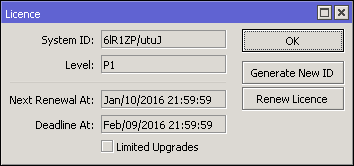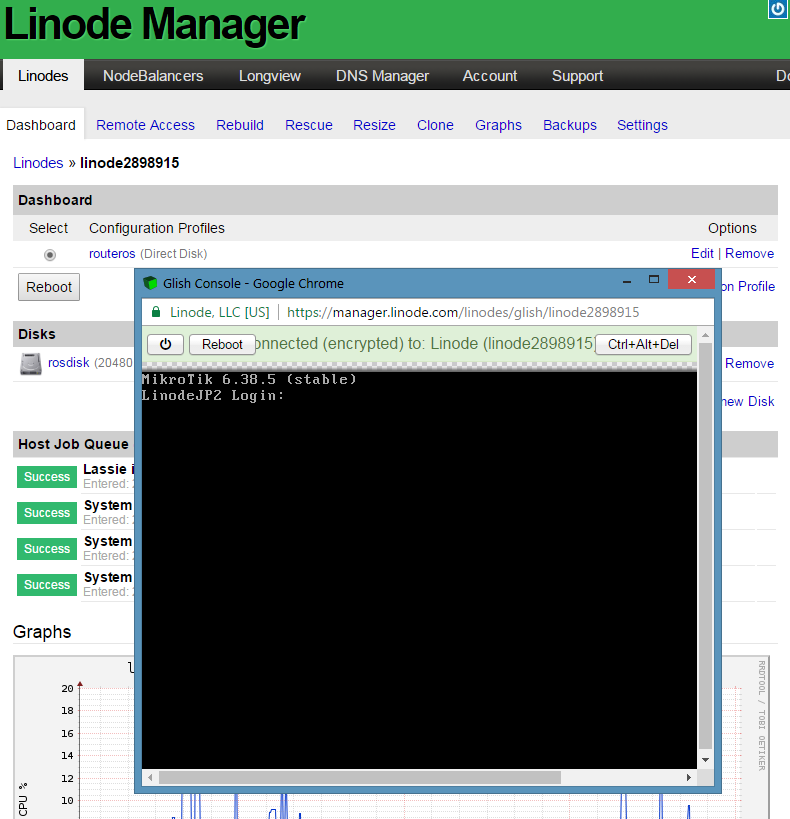

It is limited to 1Gbps upload per interface. This might keep the license.Ī disadvantage of of x86-ROS is that it wants to be a 32-Bit system when installed and a CHR-ROS system wants to be a 64-Bit system ( both are almost identical ).ĮDIT - also - I don't think x86-ROS supports para-virtual NICs ( aka 10-Gig vmnic anything ) which might limit you to a 1-Gig E1000e Nic. P1, 1Gbit, 45, P1 (perpetual-1) license level allows CHR to run indefinitely. The x86-ROS router uses a different license system from the CHR-ROS router. #2 I am not certain but I think this might work: Instead of using a CHR, try using an x86 ROS virtual router. The disadvantage of this is everything is slower. Any virtaul machines ( CHR ) running on the virtual hypervisor will still be there. With this #1 method - you move the virtual hypervisor and spin it up.

Install your CHR on the virtual hypervisor. CHR includes all RouterOS features by default, but the licensing.

Perpetual is a lifetime license (buy once, use forever). To get the free trial license, you should have an account on as all license management is done there. 3) Click HERE to go to the official mikrotik download page. Cloud Hosted Router (CHR) it is a version of RouterOS designed to run as a virtual machine. The CHR has 4 license levels: free p1 perpetual-1(45) p10 perpetual-10(95) p-unlimited perpetual-unlimited(250) 60-day free trial license is available for all paid license levels. #1 Create a virtual hypervisor on you primary hypervisor. Login to the mikrotik account and under the WEB ORDERS section click on PURCHASE A ROUTEROS LICENSE KEY Step 1: Dowload The Mikrotik Cloud Hosted Router VMDK File. There are two possible work-arounds options to retain the license ( for a CHR move ). When a Mikrotik CHR ( with the license ) is moved to another location on the hypervisor or to another hypervisor ( either manually or by automatically ) the new spun-up CHR will no longer retain the original license.


 0 kommentar(er)
0 kommentar(er)
